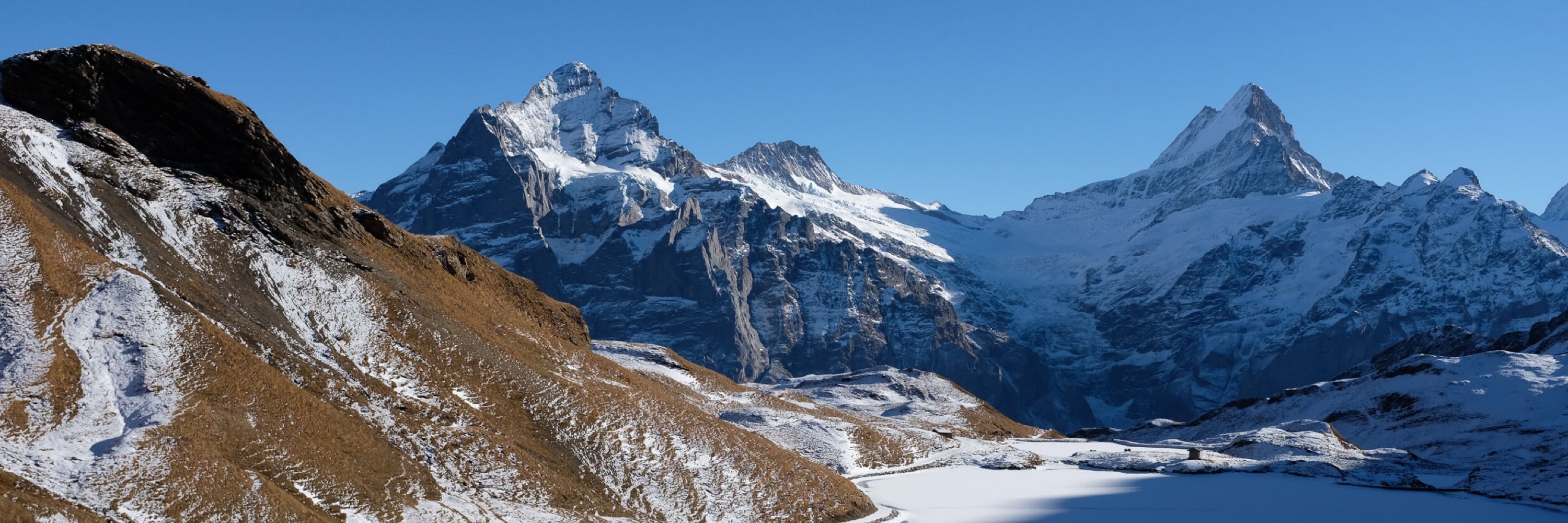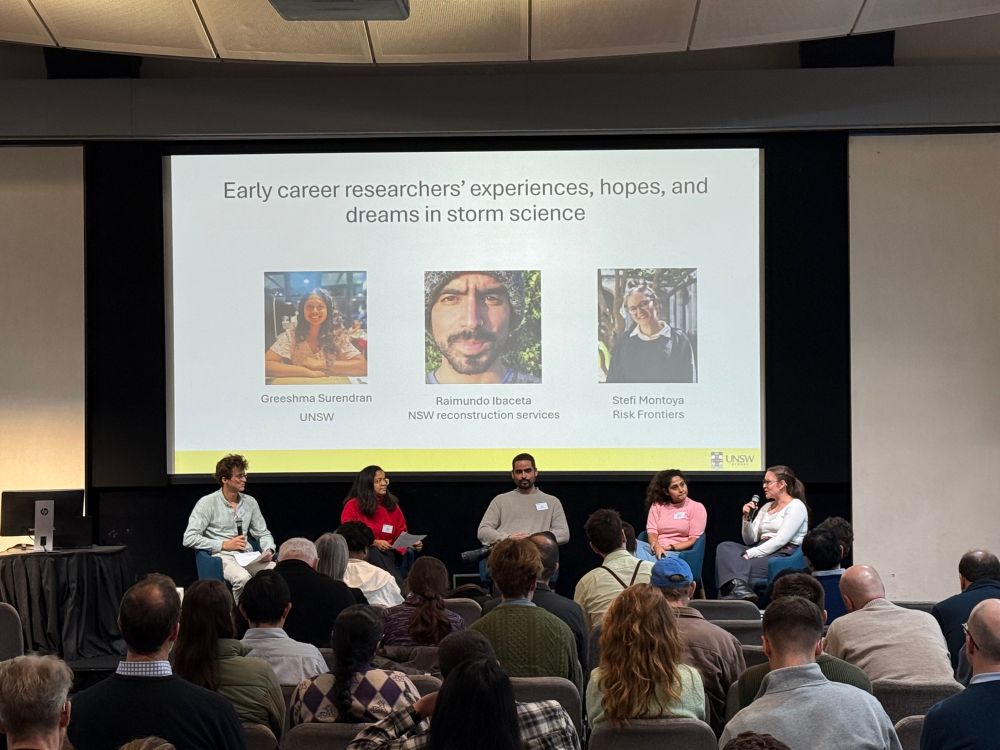Tim Raupach
@timraupach.com
3.6K followers
470 following
210 posts
Scientia Senior Lecturer at UNSW Sydney Institute for Climate Risk and Response. I study severe storms, especially hail, in a changing climate ⛈️. I also take photos and climb mountains. These views are my own. https://timraupach.com
Posts
Media
Videos
Starter Packs
Tim Raupach
@timraupach.com
· 15d

Saharan dust linked to European hail events
Abstract. Saharan dust significantly influences hail occurrence in Europe. Using Copernicus Atmosphere Monitoring Service (CAMS) and reanalysis data, crowd-sourced hail reports, lightning data, and ra...
acp.copernicus.org
Tim Raupach
@timraupach.com
· 23d
Tim Raupach
@timraupach.com
· 23d
Tim Raupach
@timraupach.com
· 23d
Tim Raupach
@timraupach.com
· 23d
Reposted by Tim Raupach
Tim Raupach
@timraupach.com
· Aug 27
Tim Raupach
@timraupach.com
· Aug 8



















